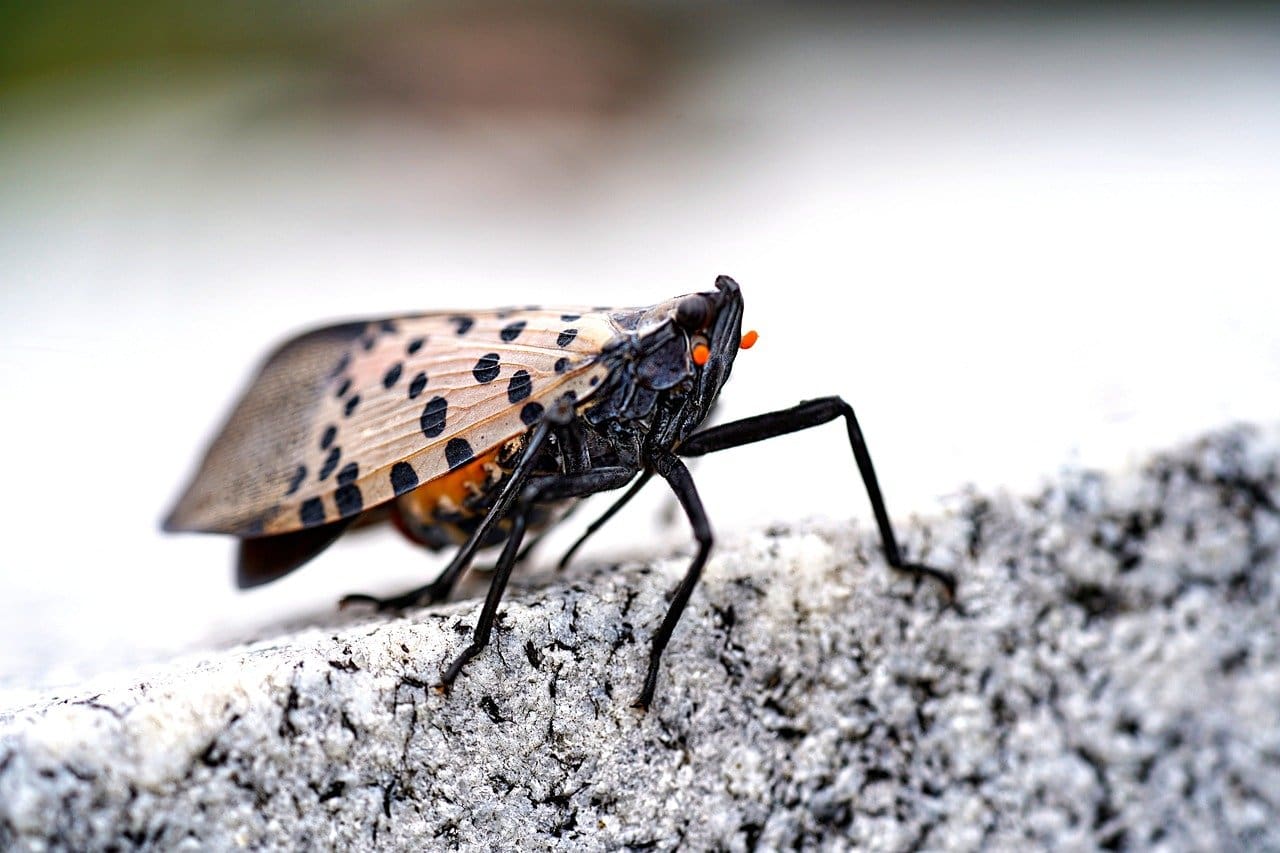So, how do spotted lanternflies damage trees? Understanding can help to combat these invasive pests before it’s too late.
Picture a sunny summer day – the perfect time for a picnic under the shade of a majestic oak tree. Now imagine this serene scene under siege by an unexpected enemy – the spotted lanternfly.
These seemingly innocent insects may appear harmless with their vibrant wings and spots, but don’t be fooled. Behind their striking appearance lies a potential threat to our cherished trees and agricultural landscapes. But how do spotted lanternflies damage trees? Let’s discuss.
At Borst Landscape & Design, we understand that a thriving garden reflects your spot of paradise. That’s why we’ve combined our passion for landscaping with the eco-friendly principles of organic pest control to create a unique service that’s as effective as environmentally conscious.
No two gardens are the same, so our expert team will assess your unique landscape, identify any issues, and tailor a pest control plan just for you. Join the Borst family today. Where green meets clean – naturally!
For your free consultation, call us at (201) 581-8076 or fill out a contact form on our website.
How do spotted lanternflies damage trees?
Spotted lanternflies might look pretty with their distinctive mottled wings, but don’t be fooled by their charming appearance. They’ve earned quite a notorious reputation for their ability to damage our beloved trees in several ways. So, how do spotted lanternflies damage trees?
Feeding on sweet sap
One of their most common tactics is feeding on sap. Spotted lanternflies use their piercing-sucking mouthparts to pierce the bark of trees and drink the sap. This continuous extraction weakens the tree, making it more vulnerable to diseases and other environmental stressors.
Are you still questioning, “How do spotted lanternflies damage trees?” It doesn’t stop at the tree sap.
Secreting harmful honeydew
Spotted lanternflies are notorious for secreting a sticky substance known as honeydew. This honeydew is a sugary byproduct of their sap-sucking activities and can coat the leaves and branches of trees. This gooey mess makes the trees look unsightly and promotes the growth of sooty mold, which can further harm the tree by blocking sunlight and inhibiting photosynthesis.
Feeding on a wide variety
Spotted lanternflies have a taste for variety. They’re not picky eaters and will go after a wide range of tree species, including some of our most beloved hardwoods like oaks, maples, and fruit trees. This voracious appetite makes them a serious threat to our forests and orchards.
In a nutshell, these seemingly harmless bugs can team up in swarms and inflict severe damage to our trees, making them a nuisance that must be dealt with to protect our precious green spaces. So now you’ve answered the question, “How do spotted lanternflies damage trees?” it’s time to take action next time you see one of these invasive insects!
Borst is your partner in excellence
Say goodbye to harsh chemicals and embrace the power of nature with Borst Landscape & Design, your trusted partner in organic pest control. With years of experience, our skilled landscapers and pest control specialists have mastered keeping pests at bay with our integrated pest management services.
Our commitment to your satisfaction means you can relax, knowing your property is safe and free from unwanted intruders.
Call Borst at (201) 785-9400 or reach out online today!

